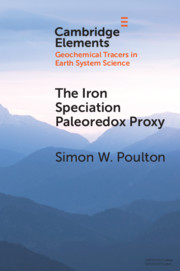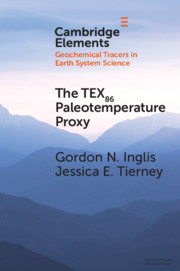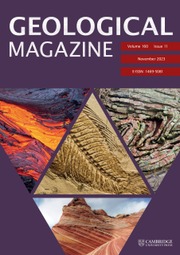Molybdenum as a Paleoredox Proxy
Molybdenum (Mo) is a widely used trace metal for investigating redox conditions. However, unanswered questions remain that concentration and bulk isotopic analysis cannot specially answer. Improvements can be made by combining new geochemical techniques to traditional methods of Mo analysis. In this Element, we propose a refinement of Mo geochemistry within aquatic systems, ancient rocks, and modern sediments through molecular geochemistry (systematically combining concentration, isotope ratio, elemental mapping, and speciation analyses). Specifically, to intermediate sulfide concentrations governing Mo behavior below the 'switch-point' and dominant sequestration pathways in low oxygen conditions. The aim of this work is to 1) aid and improve the breadth of Mo paleoproxy interpretations by considering Mo speciation and 2) address outstanding research gaps concerning Mo systematics (cycling, partitioning, sequestration, etc.). The Mo paleoproxy has potential to solve ever complex research questions. By using molecular geochemical recommendations, improved Mo paleoproxy interpretations and reconstruction can be achieved.
Product details
August 2021Adobe eBook Reader
9781009002455
0 pages
This ISBN is for an eBook version which is distributed on our behalf by a third party.
Table of Contents
- 1. Introduction
- 2. Refining redox conditions
- 3. Molybdenum speciation
- 4. Molybdenum isotopes
- 5. Research gaps
- 6. Future research directions
- 7. Recommended reading.







